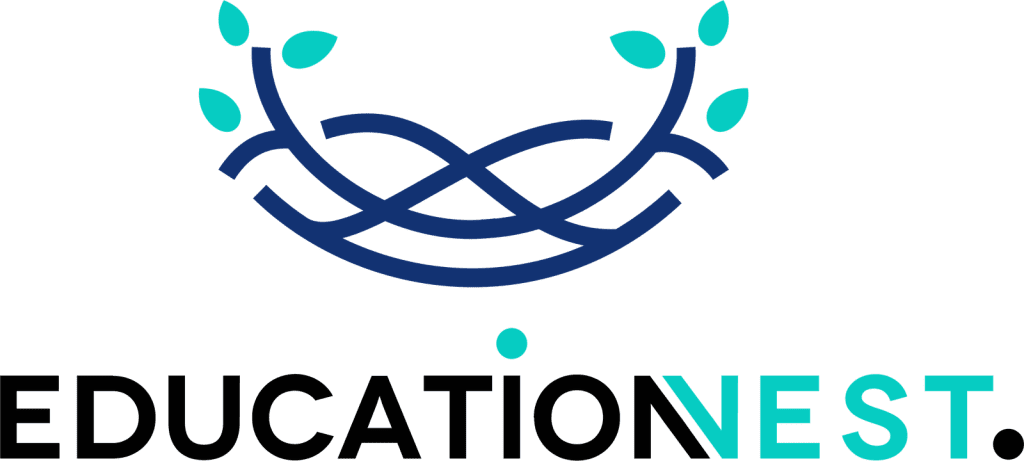Employees today want more than just a paycheck—they want growth, purpose, and clarity about their future. Yet, many organizations struggle to provide clear career pathways, leading to disengagement, high turnover, and unmet potential.
In this blog, we’ll break down actionable strategies to create career development pathways that benefit both employees and businesses.
The Problem: Why Employees Feel Stuck
Where Am I Heading?
Many employees feel trapped in roles with no visibility into advancement opportunities. Without a roadmap, motivation dwindles, and productivity suffers.
Skill Gaps Without Support
Rapid industry changes leave employees scrambling to keep up. Without access to training or mentorship, they risk falling behind.
One-Size-Fits-All Plans
Generic development programs ignore individual aspirations. Employees crave personalized growth plans that align with their goals.
Why Career Development Pathways Matter
For Employees:
Clarity: Know exactly what skills and experiences lead to advancement.
Confidence: Gain tools to grow within the company instead of looking elsewhere.
Ownership: Take charge of their professional journey with structured support.
For Employers:
Higher Retention: Employees stay 2x longer when they see growth opportunities.
Stronger Talent Pipeline: Develop future leaders internally, reducing hiring costs.
Boosted Morale: Teams perform better when they feel invested in.
5 Strategies to Build Effective Career Pathways
Map Clear Career Journeys
Create visual roadmaps for each role, showing:
Skills needed for promotion (e.g., “Junior Developer → Senior Developer”).
Training programs or certifications required.
Timeline expectations (e.g., “Complete X project to qualify”).
Example: A marketing team could outline paths like “Content Writer → SEO Specialist → Marketing Manager,” with specific milestones at each stage.
Pair Employees with Mentors
Mentorship bridges knowledge gaps and builds confidence.
Assign senior leaders to guide junior staff.
Set monthly check-ins to discuss progress and challenges.
Encourage reverse mentoring (e.g., tech-savvy juniors teaching seniors about AI tools).
Case Study: Wayne, a programmer, wanted to learn F#. His manager connected him with an internal expert, provided course access, and assigned a small F# project. Within months, Wayne contributed to critical projects, avoiding the need to switch companies.
Offer Skills-Based Training
Workshops: Host monthly sessions on topics like leadership or data analysis. Invite industry experts or internal stars to lead.
Cross-Training: Let employees shadow other departments. A salesperson might spend a week with the product team to grasp customer pain points better.
Online Learning: Subsidize platforms like Coursera for self-paced courses.
Regular Growth Conversations
Replace annual reviews with quarterly development talks. Ask:
What skills do you want to build next?
Which projects excite you?
How can we adjust your goals to fit company needs?
Tip: Use competency frameworks to objectively assess readiness for promotions.
Celebrate Internal Mobility
Post internal job openings before external candidates.
Create a “lateral move” program for employees to try new roles without changing titles.
Share success stories (e.g., “Meet Sarah, who moved from HR to Product Management”).

Read More
A Beginner’s Guide to Employee Development Strategies
Top 10 Python Libraries to Supercharge Your Coding Skills
Tools to Support Career Development
| Tool Type | Examples | Purpose |
| Learning Platforms | LinkedIn Learning, Udemy | Self-paced skill development |
| Mentorship Software | MentorcliQ, Chronus | Pair mentors/mentees efficiently |
| Career Pathing Apps | TalentGuard, Paychex Path | Visualize promotion requirements |
| Feedback Tools | 15Five, Lattice | Track progress and goals |
Avoiding Common Mistakes
Ignoring Individual Goals
Not every employee wants to be a manager. Offer pathways for technical experts, project leads, or cross-functional specialists.
Overcomplicating the Process
Keep plans simple. A 3-step checklist is better than a 20-page document.
Forgetting to Measure Success
Track metrics like:
Promotion rates.
Training completion.
Employee satisfaction scores.
Final Thoughts: Start Small, Think Big
Career development isn’t about grand gestures. It’s about consistent, intentional steps:
Listen to employee aspirations.
Invest in relevant training.
Celebrate growth publicly.
When employees see a future with your company, they’ll invest their best work in return. Ready to build pathways that drive retention and results? Begin with one team, gather feedback, and scale what works.
